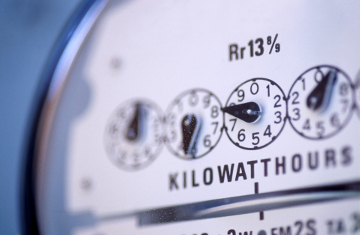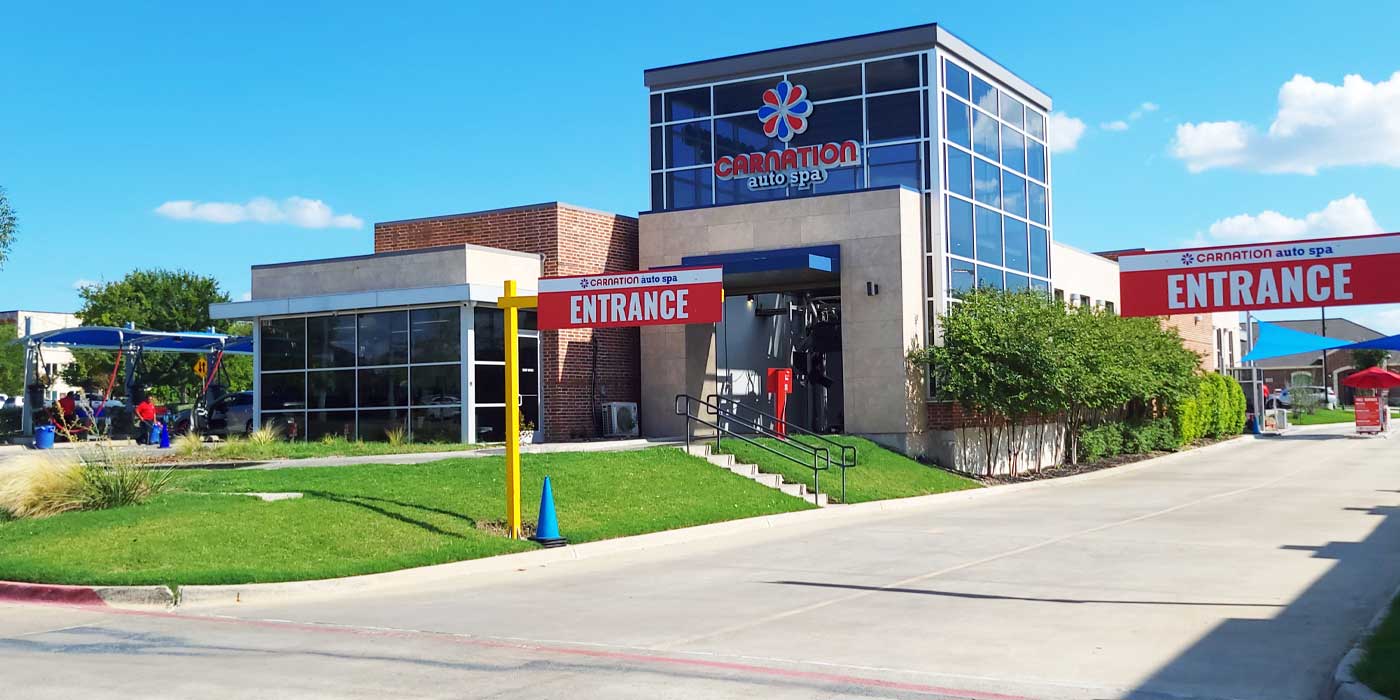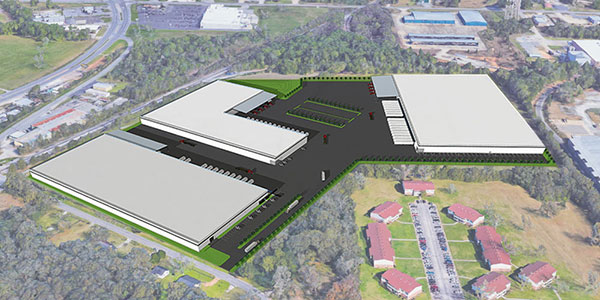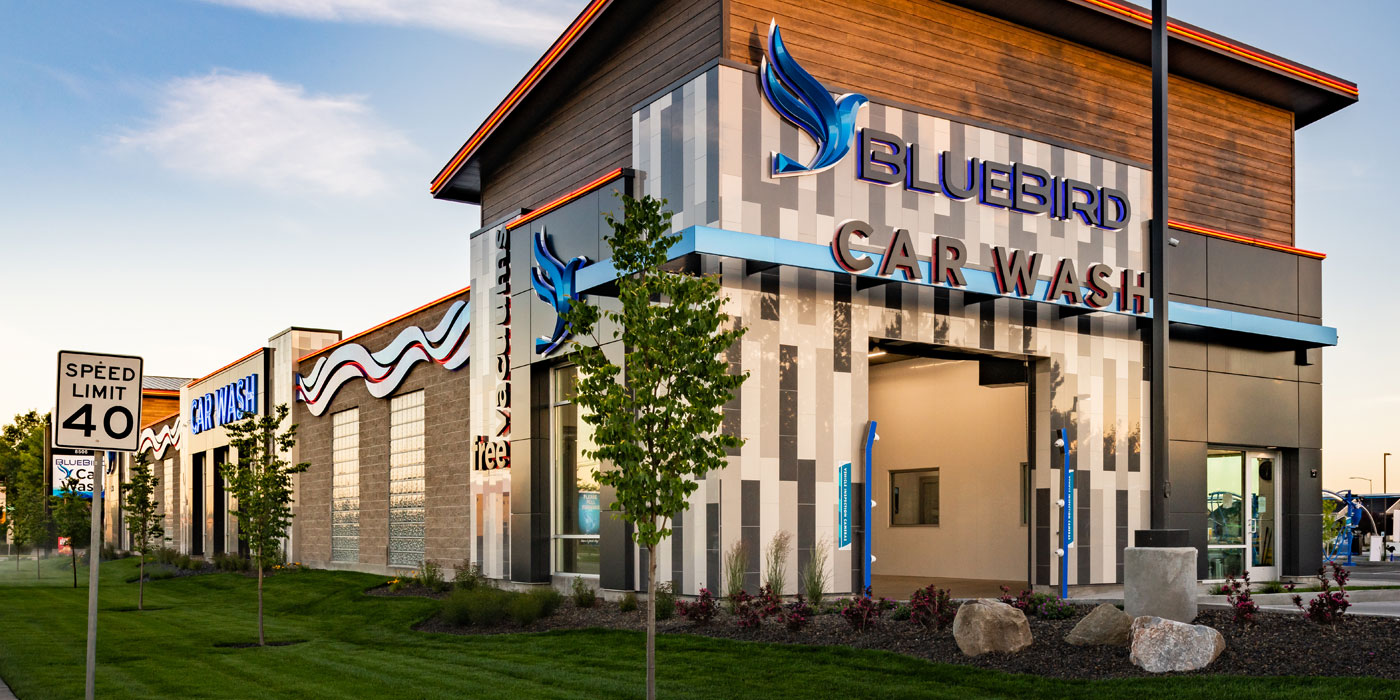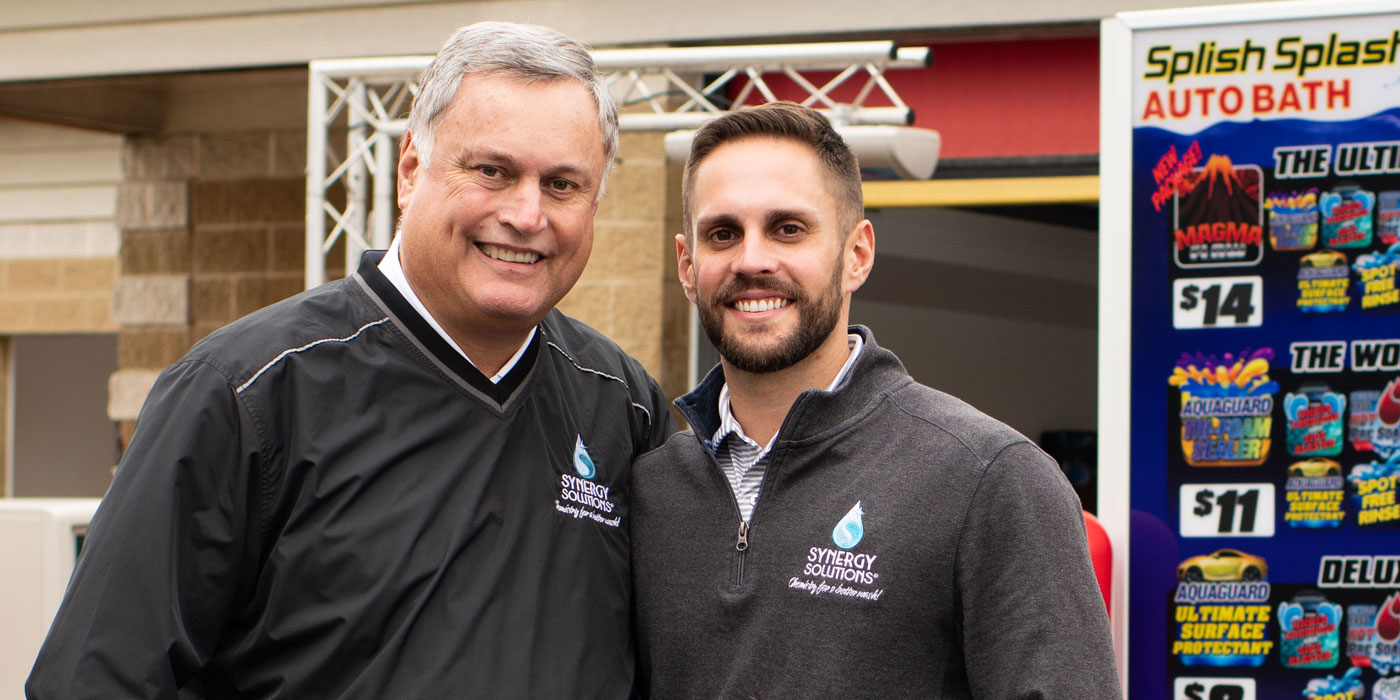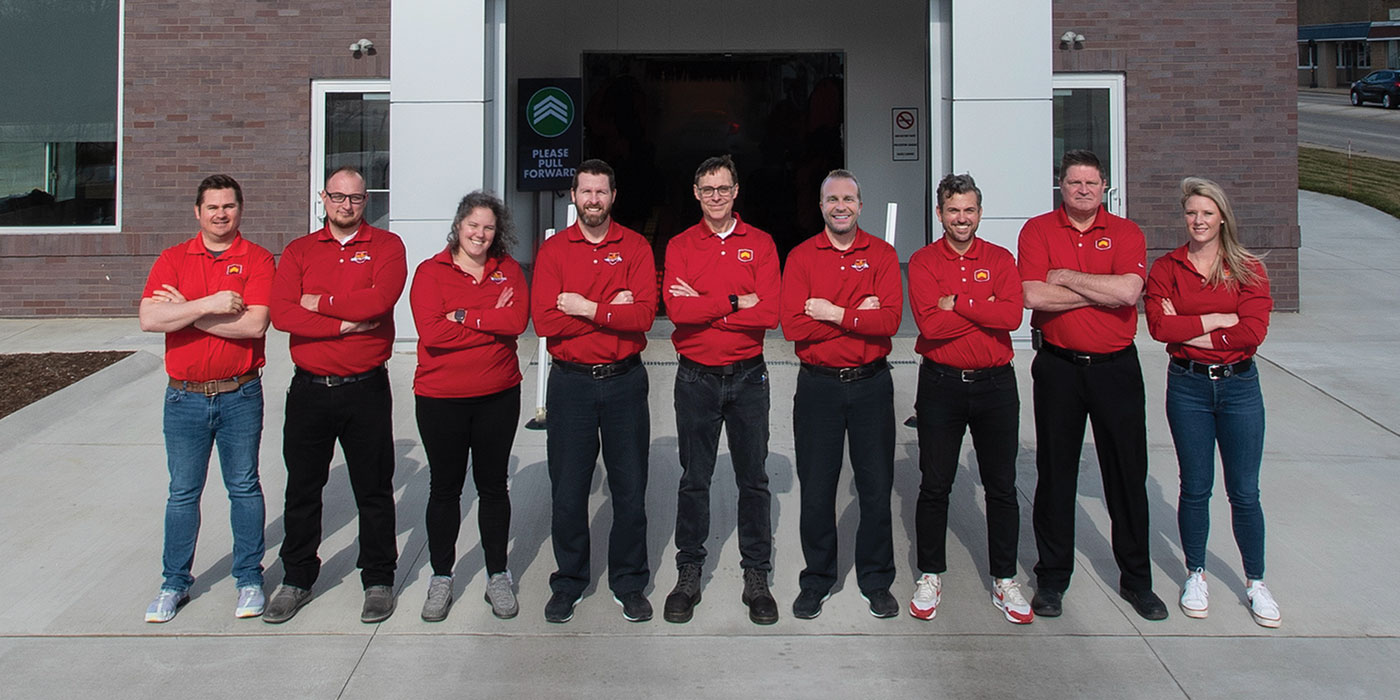In the current competitive market, the bottom line generally beats all for small businesses. Thus, it is no exaggeration to say that every carwash operator is interested in saving money. Regardless of the market, competition, format or size, if there is an opportunity to create savings that does not affect wash results or customer service, it will find a place in tunnels and bays operated by savvy wash owners.
Thankfully, technology and innovation have commonly been resources to create these savings in the car care industry. Software, hardware and equipment are all advancing each year, and together they offer new generations of automated, efficient and responsible carwashes. These businesses turn out clean vehicles at record speeds using less water, chemistry and labor than ever before.
And these new generations are especially important as they allow washes to expand and evolve. Today, new construction carwashes generally include all the “bells and whistles.” Equipment manufacturers offer:
- Lava arches
- LED lighting
- Tri-color polish
- Water reclaim
- Expanded dryers
- Wheel scrubbers.
Though these and other options can increase customer interest and repeat business, this additional equipment also equals more electricity usage. That is, unless steps are taken to provide efficient operation of common tunnel energy drains. Thankfully, there is technology available that will lower electricity costs for carwashes.
Variable frequency drives are one option to save money and reduce costs in the typical carwash. The drives regulate motor speed and power surges to set and regulate the amount of electricity used by equipment. After all, reducing energy and other resource consumption is one of the easiest ways for business owners save money.
Phillip Lawless: What are the top four or five uses for variable frequency drives (VFDs) in today’s carwashes?
Kevin Detrick, president of Innovation Control Systems: Vacuums and blowers are numbers one and two based on the total amount of power they consume as compared to other equipment at the carwash. Following those two items would be high pressure pumps, hydraulics, booster pumps and even reclaim pumps.
PL: In your experience, what VFD uses are carwash owners most commonly missing out on?
KD: They are missing out on how the VFDs can really enhance the customer experience. Each VFD can enhance specified targets in the wash. Let me give three examples.
1) When looking at your vacuums, you can enhance the customer experience by always offering the same amount of suction or lift. You want the optimal amount of lift at the vacuum nozzle, and you can generally get there at a lower RPM. As more people use the vacuum/turbine, the turbine speeds up, and this will increase your energy consumption as well. In this situation you are able to regulate the energy consumed based on the amount of usage or need, and the customers will in turn always get the optimal amount of suction.
The vacuum is a great way of looking at improving quality, providing a better, more consistent customer experience and reducing costs. Consistently delivering a superior service is key. If your vacuum doesn’t work well or the customers’ home vacuum is going to work better, then it does not matter if you offer free vacuums at your wash. In this situation, it’s like a bait and switch almost, where the wash offers free vacuums but they aren’t very powerful and you will still have to go home and do it again to get out the rest of the debris. There is no “value add” to the offer; therefore, the bonus of free vacuums does nothing to advocate using your carwash.
2) Now take the blowers. Blowers generally have the highest amount of horsepower in the carwash. Typically we will use the VFD to run blowers at three speeds. We’ll idle them between cars at half speed and close the blast gate — if there is one — because this will drop usage even further than speed reduction alone. Then instead of going to full dry, we’ve found that on some blowers it is better to run at 52Hz which equates to a 10 to 15 percent reduction in speed without impacting drying. For pickup trucks or convertibles, instead of shutting dryers down completely and not drying the sides of the vehicle, we can drop speeds down even lower, by 25 to 30 percent, so you get 70 percent of the water off of the vehicle. But it is not enough airflow to knock debris out of the bed of a truck onto the car behind it or do any damage to a convertible top. The ability to set your blowers to three different speeds can have a really nice impact for your customer experience and your utility costs.
3) Finally we can target high pressure pumps. Instead of unloading water and running a pump and motor flat out all the time, with a VFD you can run that motor 20 percent slower by not unloading water, using a pressure transducer, and only running the motor and pump at the RPM necessary to get the pressure you want to achieve. Then you can target pressure on different sections of the car. For instance, let’s say you set the pressure to 500-600 psi for the body panels and raise it to between 1,000-1,200 psi on the wheels. This fine-tuning will provide a better customer experience due to both the quieter ride through the tunnel and the improved cleaning of the wheels, plus you save a lot of energy. It is a win across the board.
PL: What types of monitoring/reportage features do today’s VFD systems offer?
KD: In terms of monitoring and reporting features, we have our VFDs tied into our carwash controllers, so you can use your Windows tablet or any computer to change pressure, washer RPM, blower speed and vacuum inches of lift. You can see how efficient the equipment is operating and what your savings are real time all through a display that shows you exactly what the turbine is doing. You also have the ability to pull up event logs and put in basic configuration settings. So it really makes it a lot simpler to deploy VFDs than in the old days.
PL: Is there a typical return on investment (ROI) for new-installation VFD systems? How is ROI calculated?
KD: If you look at being able to drop energy consumption on things like your hydraulics by a third, you can easily translate that savings and calculate an ROI. We are doing two things. One, all the VFDs are eliminating in-rush which equates to the demand portion of your energy bill. Two, we are reducing kilowatt usage by running motors and pumps at slower speeds.
PL: How can operators find the best VFD fit for their carwash?
KD: They can determine the best fit by looking where their biggest need is. If you have a problem cleaning wheels, or an issue with the noise of the side blaster on the side of the car, you target those areas. Or you go to the biggest horsepower motor because where the biggest horsepower lies is your largest potential for savings. So are you looking at reducing costs or improving performance or do you want to do both? The bigger horsepower items like the vacuums and the blowers are typically where you are going to save the most money and get that higher return on investment.
PL: Do you think owners/operators are more receptive to VFD installation in today’s market? If so, why?
KD: Yes, I believe operators are more receptive to VFD installation in the market today because utility costs have been going up, and that’s not just electric, but water and sewer too. I think the market perception is that costs are going to continue to go up and there are no signs of them going down. Carwashes are trending toward using more horsepower on vacuums and larger blowers in their tunnels which is one of the reasons that utilizing a VFD with this equipment could allow for a significant savings. There are also opportunities for power company rebates, where your power supplier will pay a portion of the cost to install a VFD panel to help reduce the demand for electricity on their system.
PL: How common are these systems on new carwash construction?
KD: On new carwash installations we are seeing a lot more VFDs being put in because it is easier to install them upfront than it would be to add them in after the fact. Having a VFD installed during initial construction is also more cost effective than ripping out and replacing what is already installed and in working order. The incremental cost to use VFDs over motor starters will be a lot less if done at inception than as an upgrade later.
In conclusion, while the VFDs are often installed to save utility costs, they also serve to deliver better performance from your equipment and create a more pleasurable customer experience.

